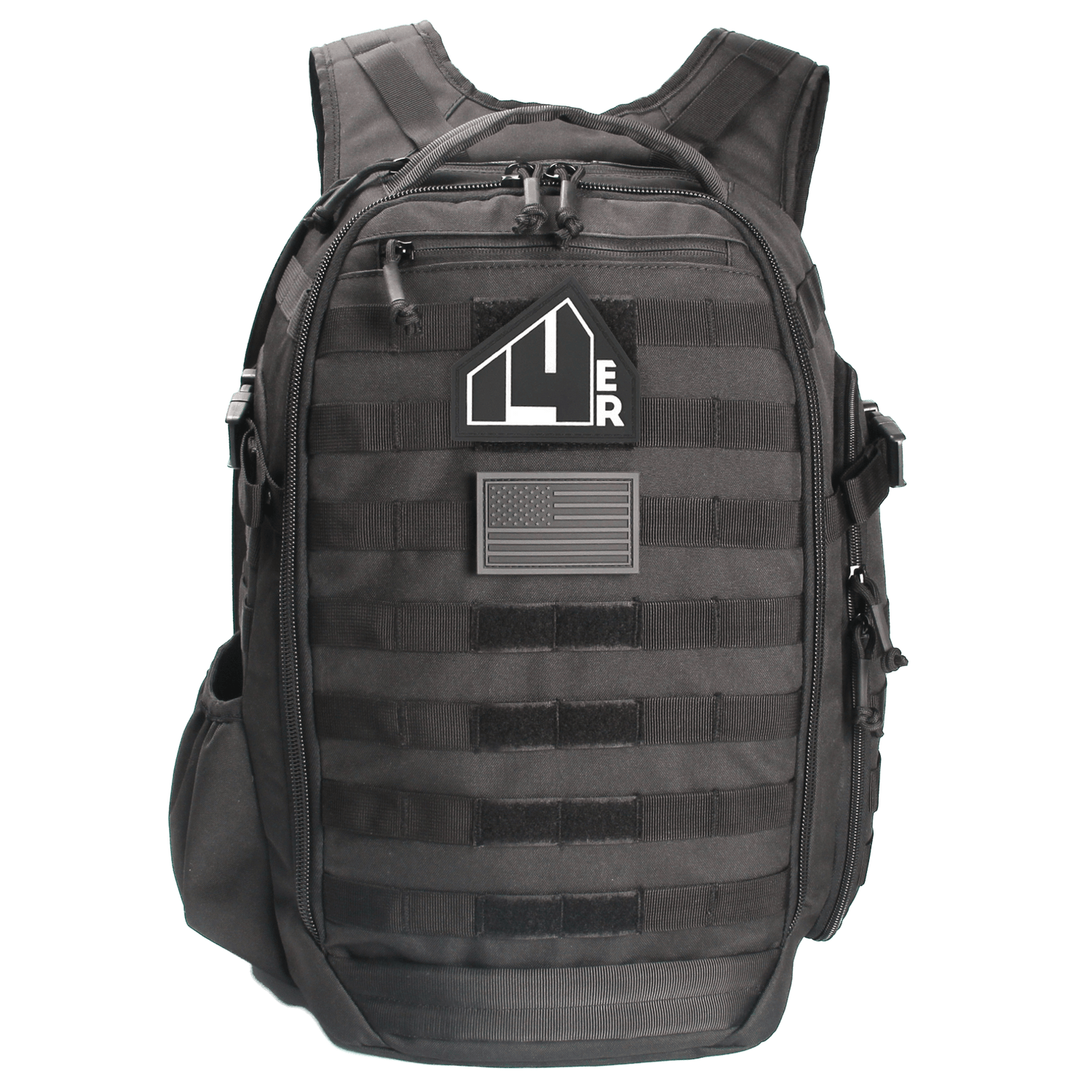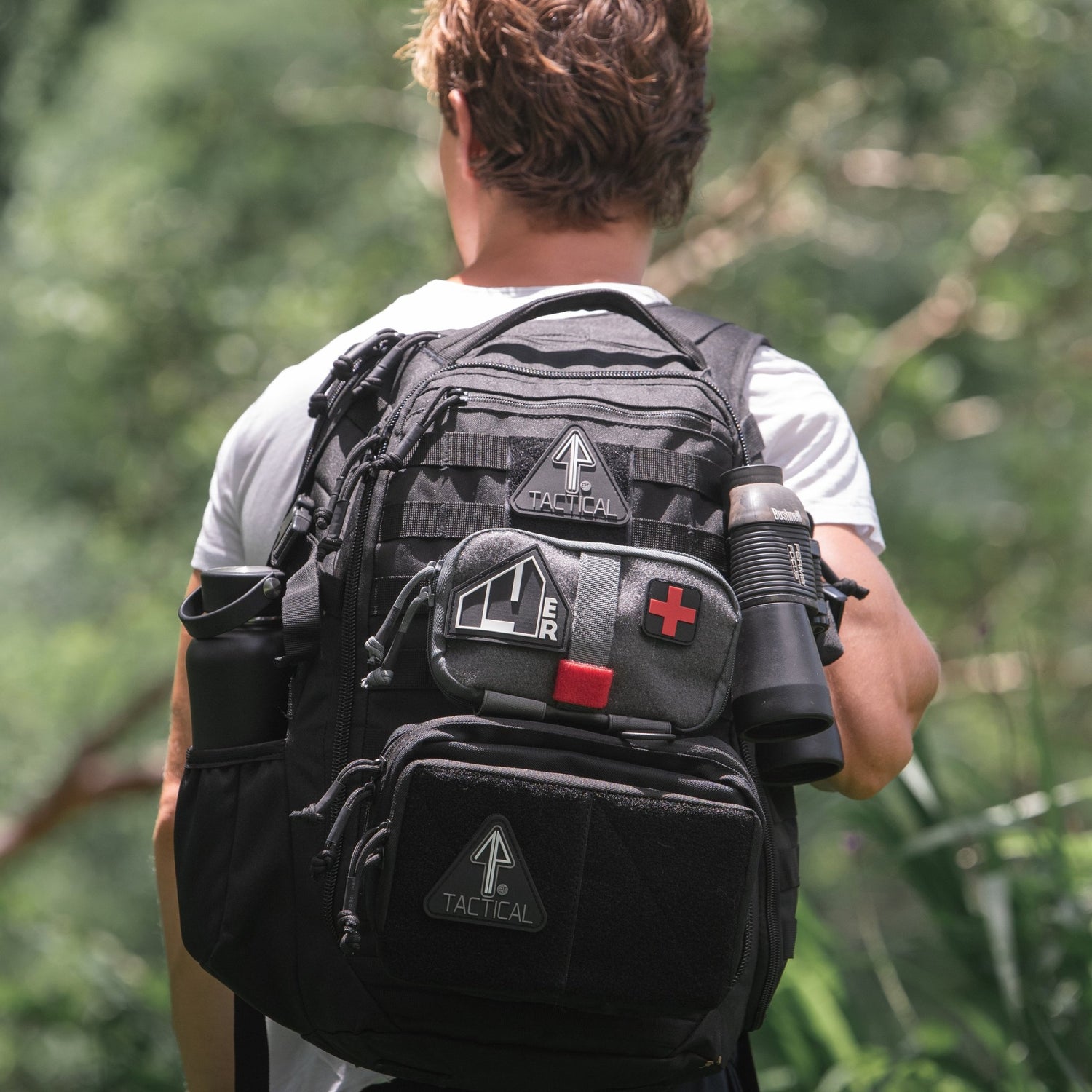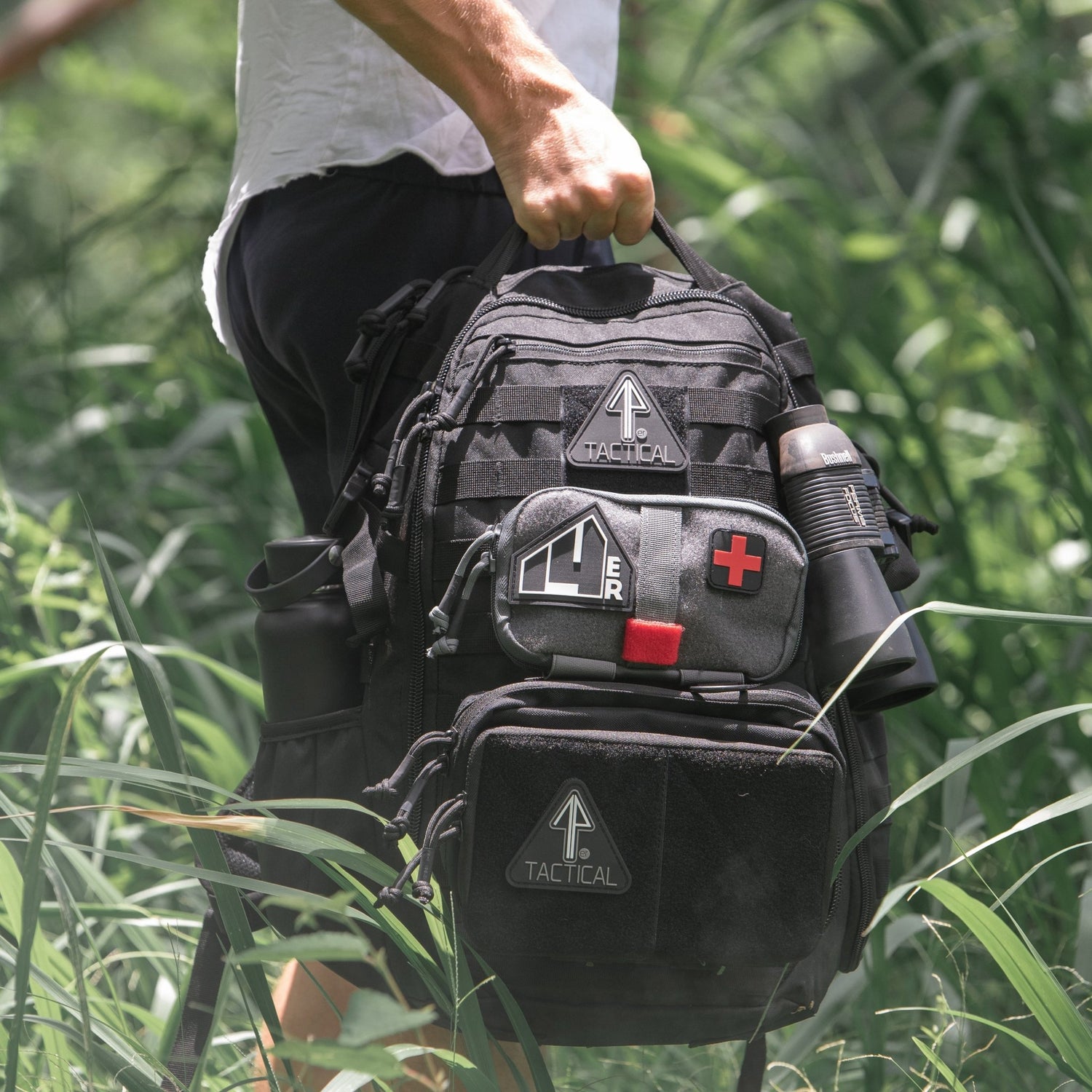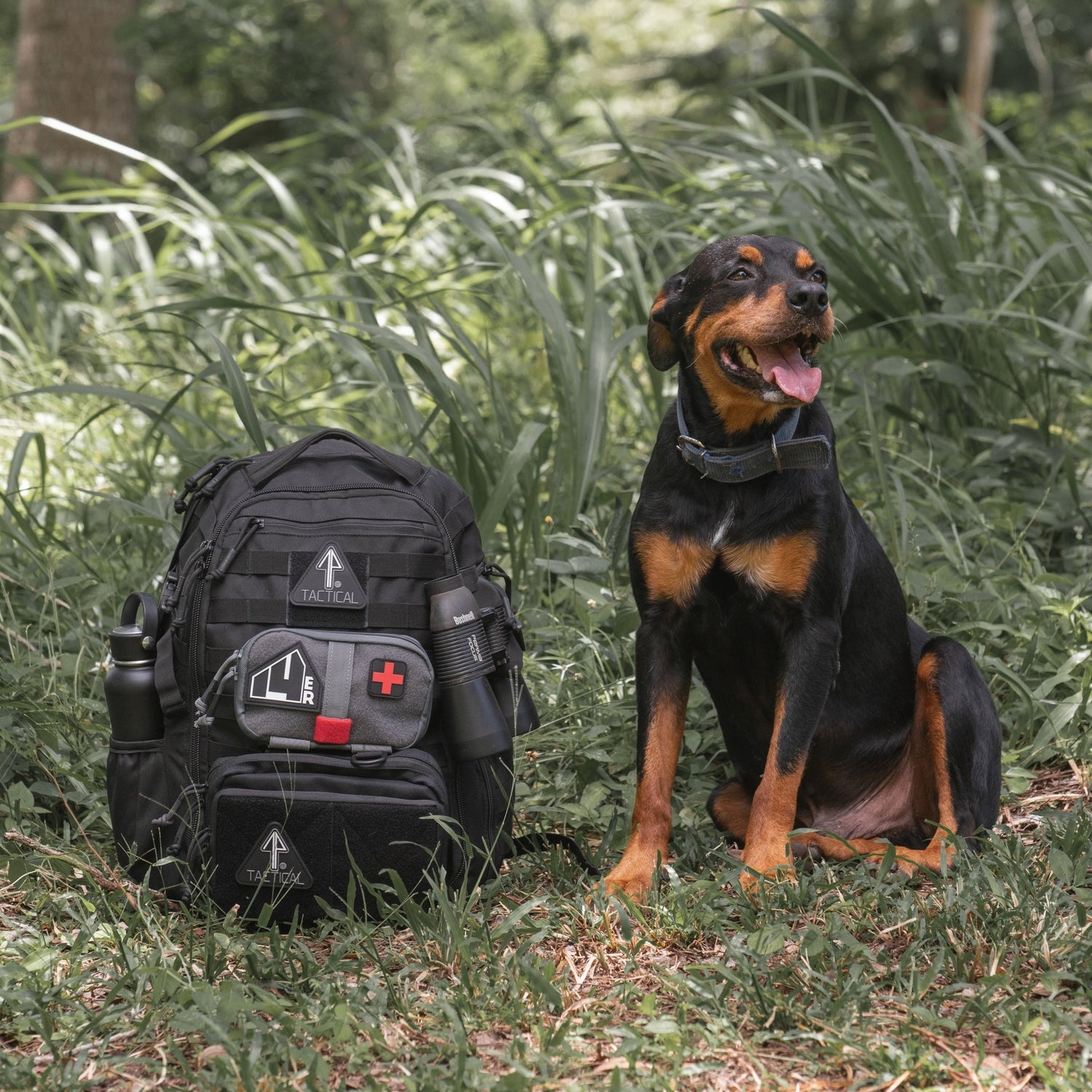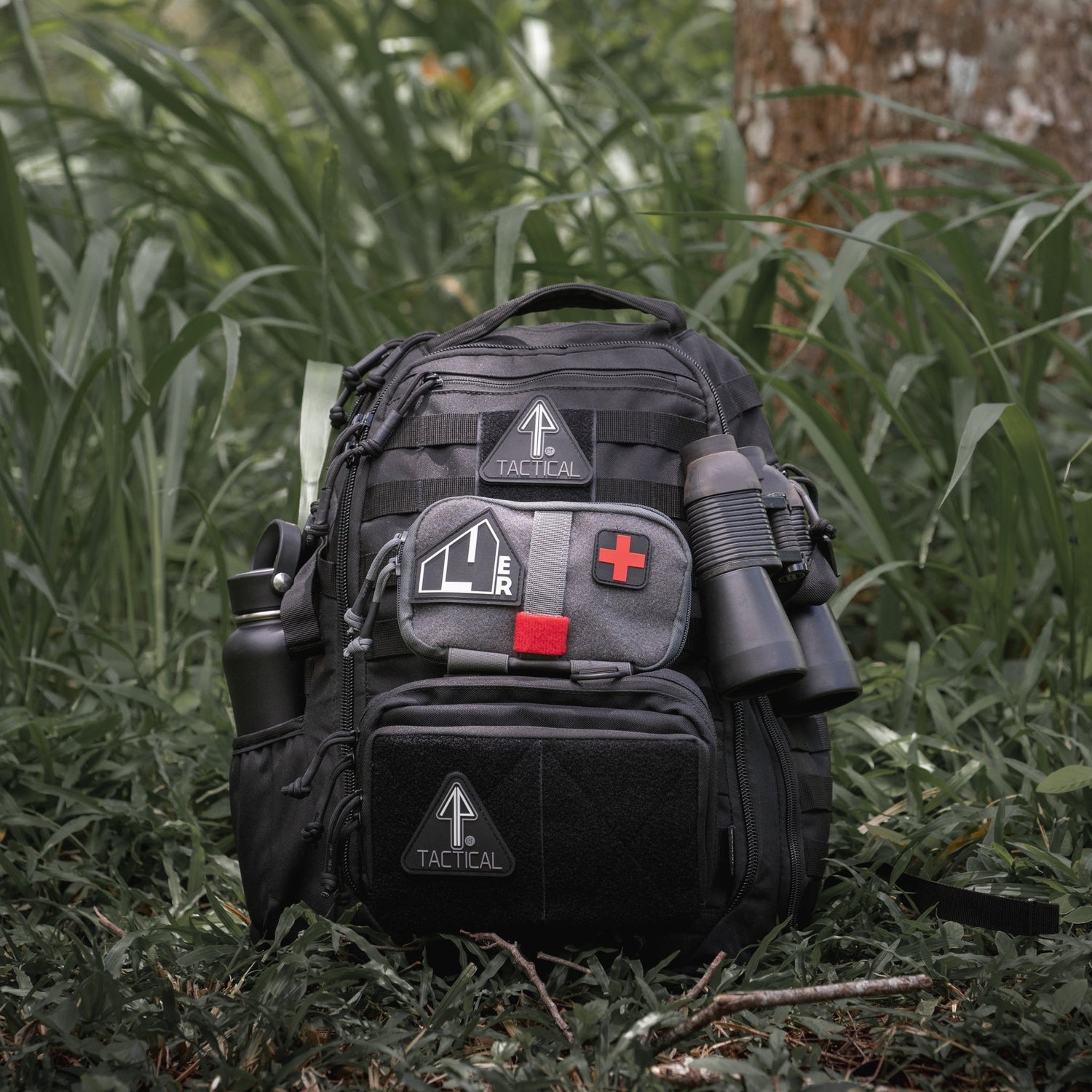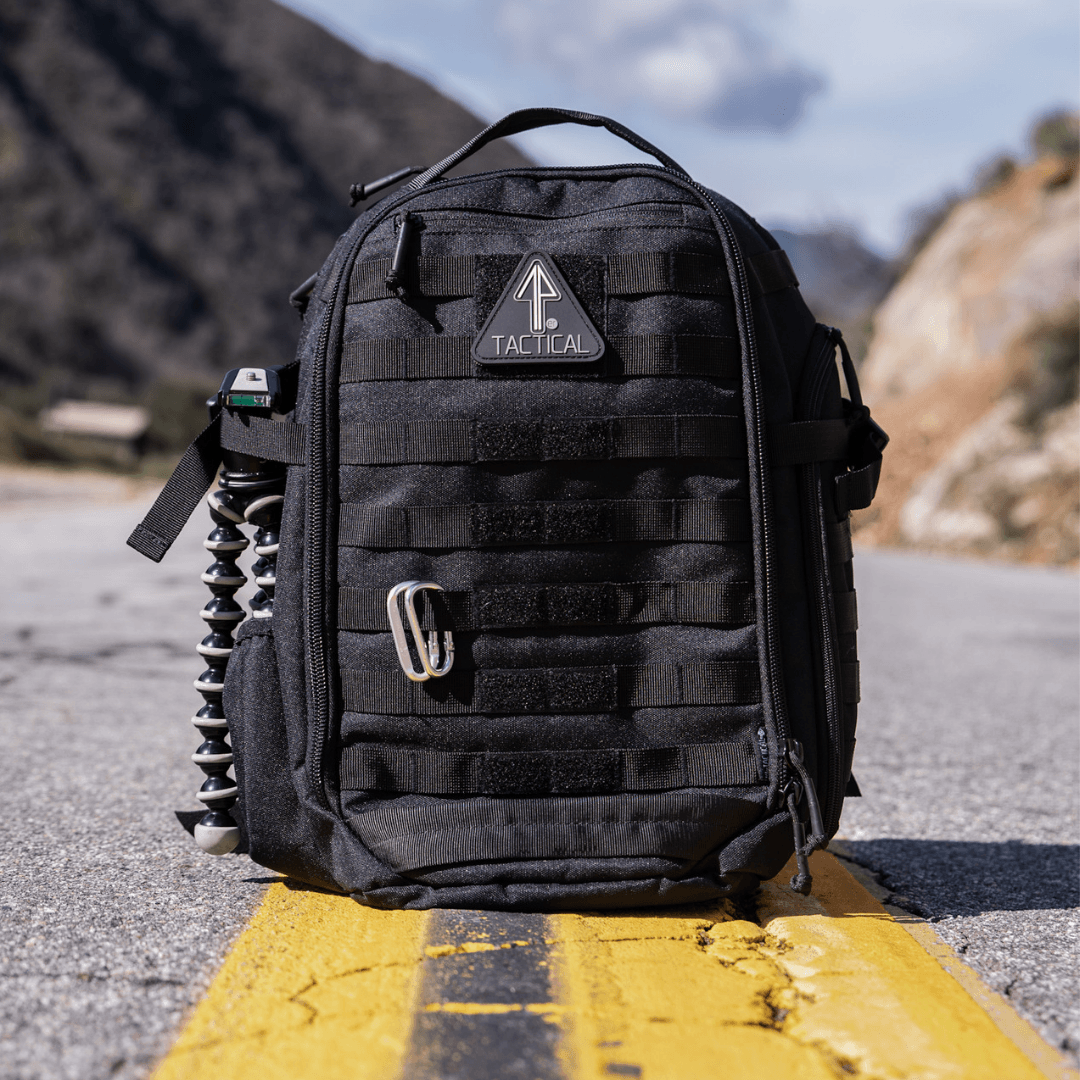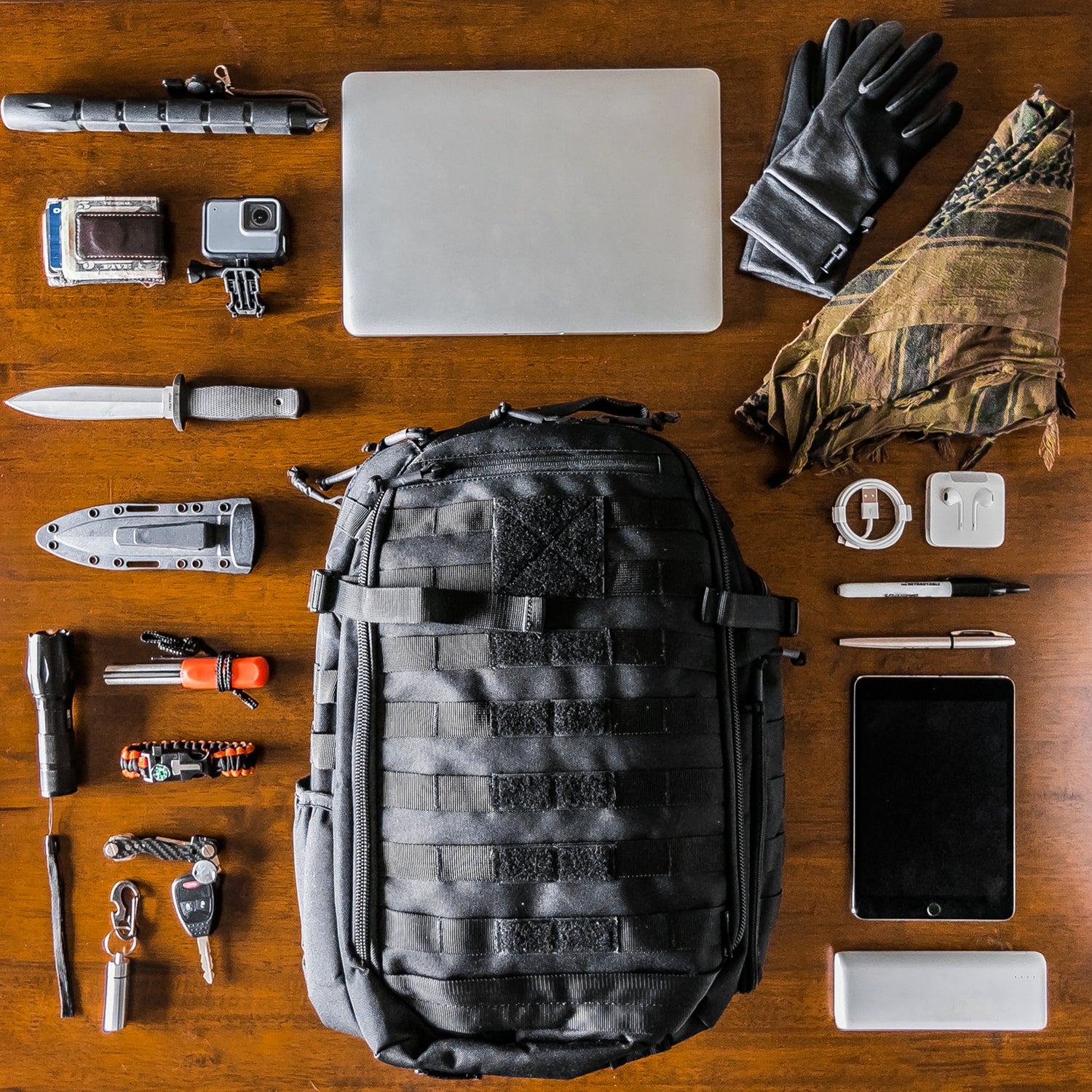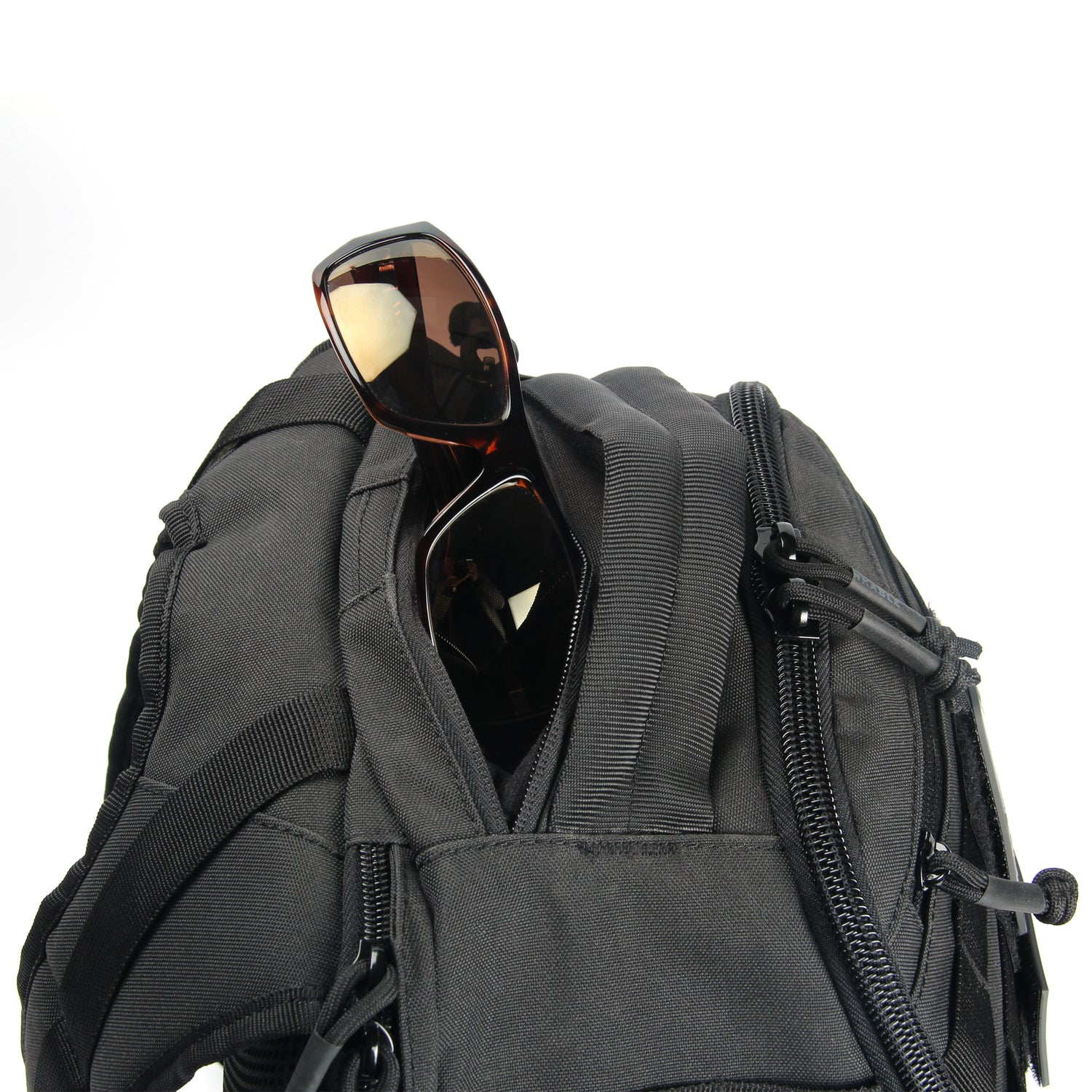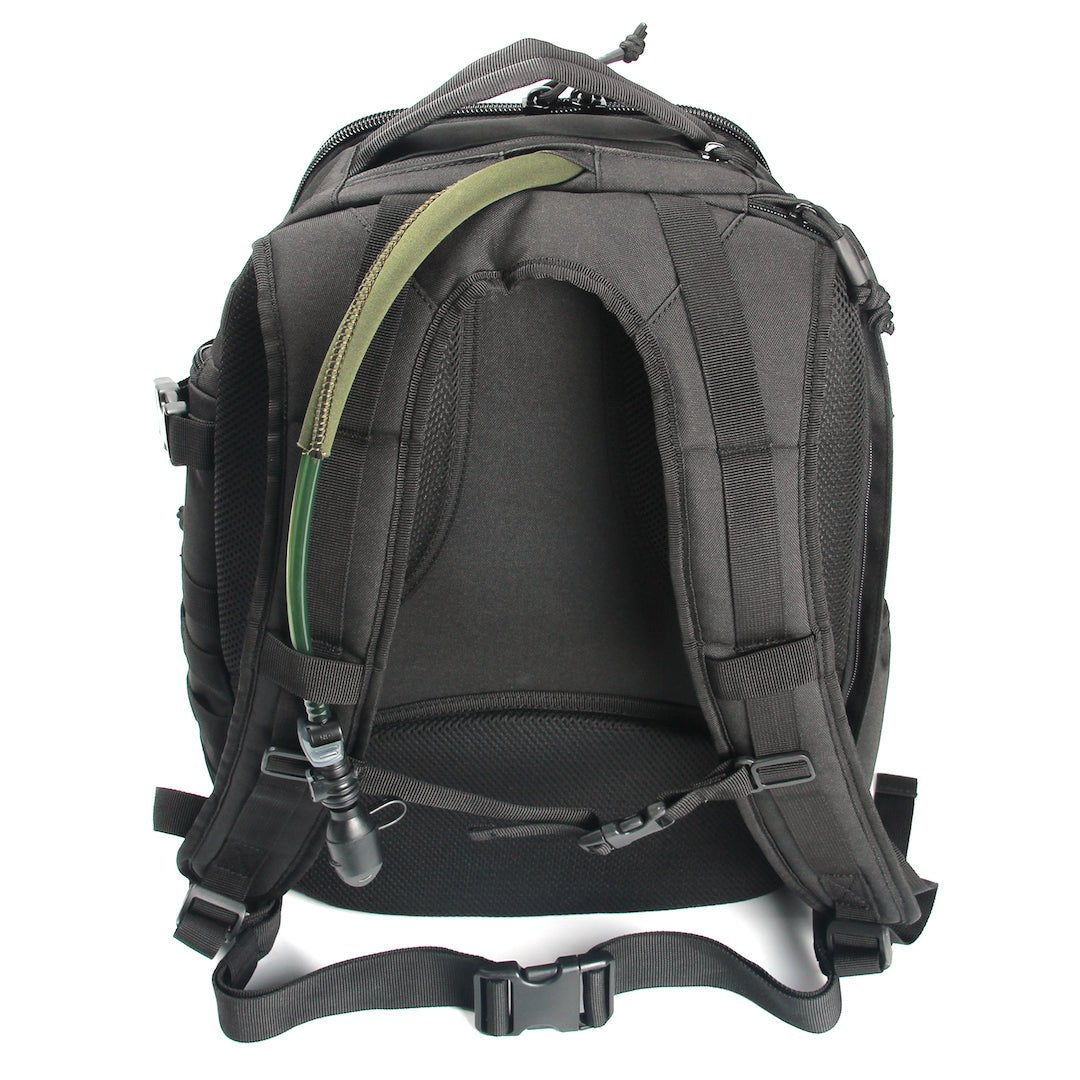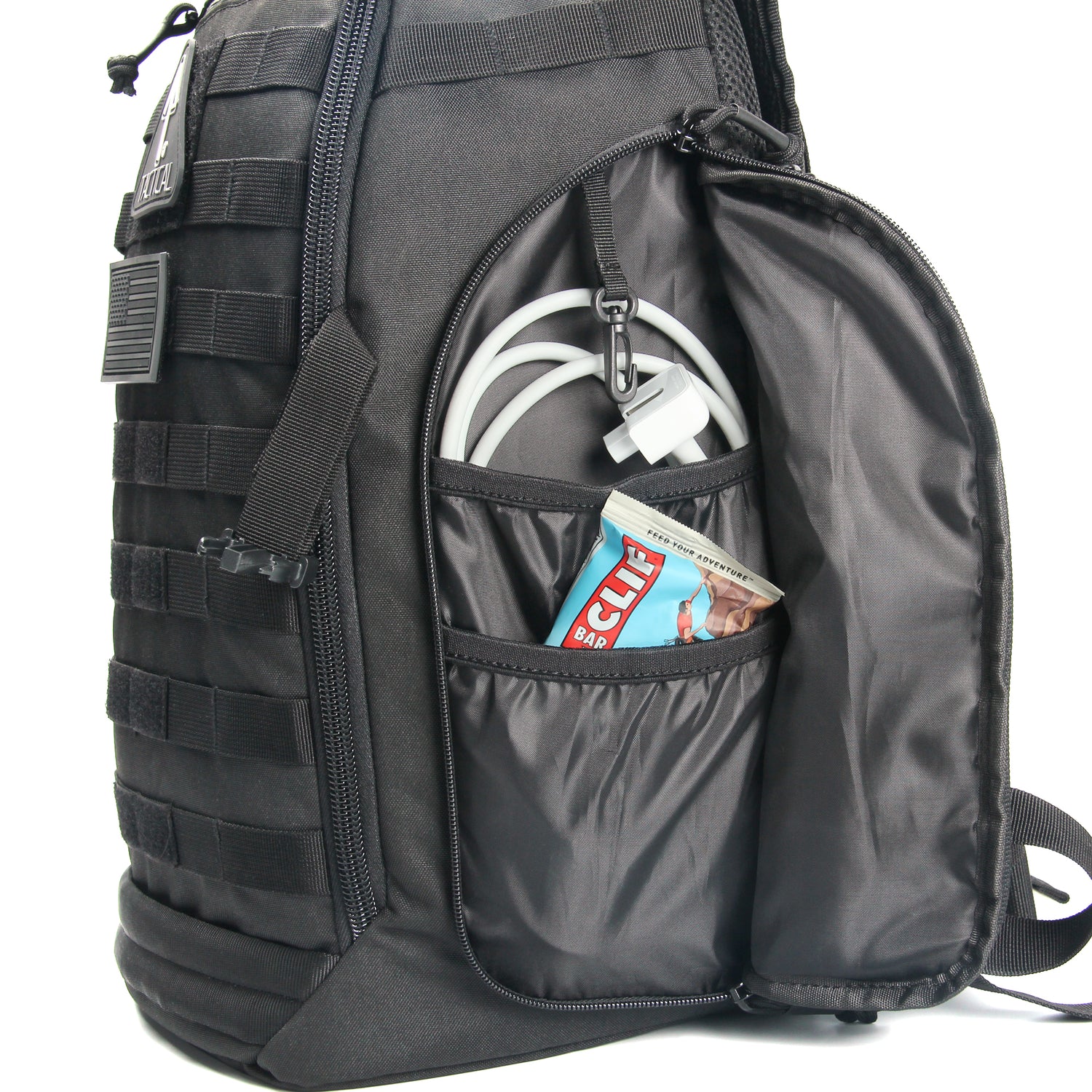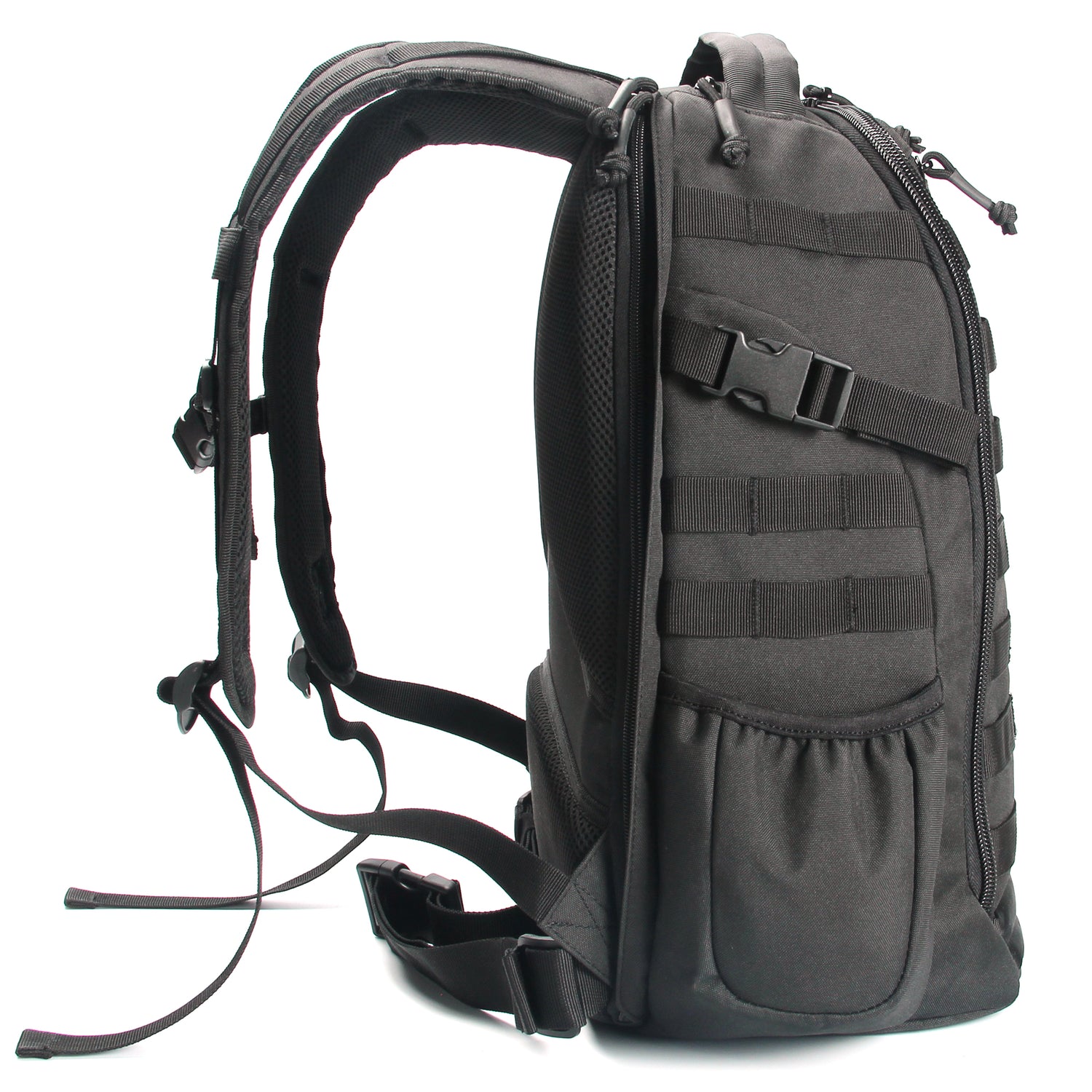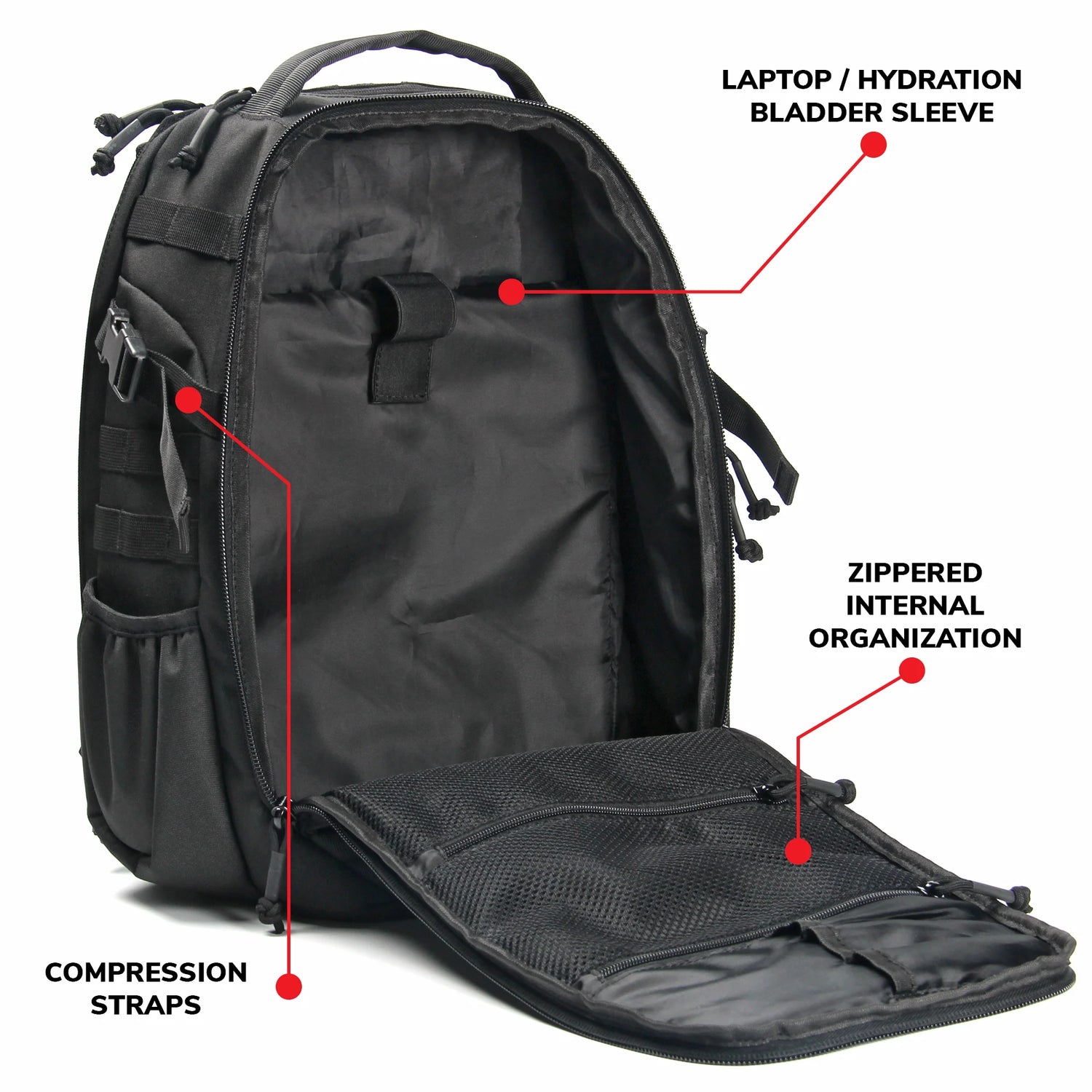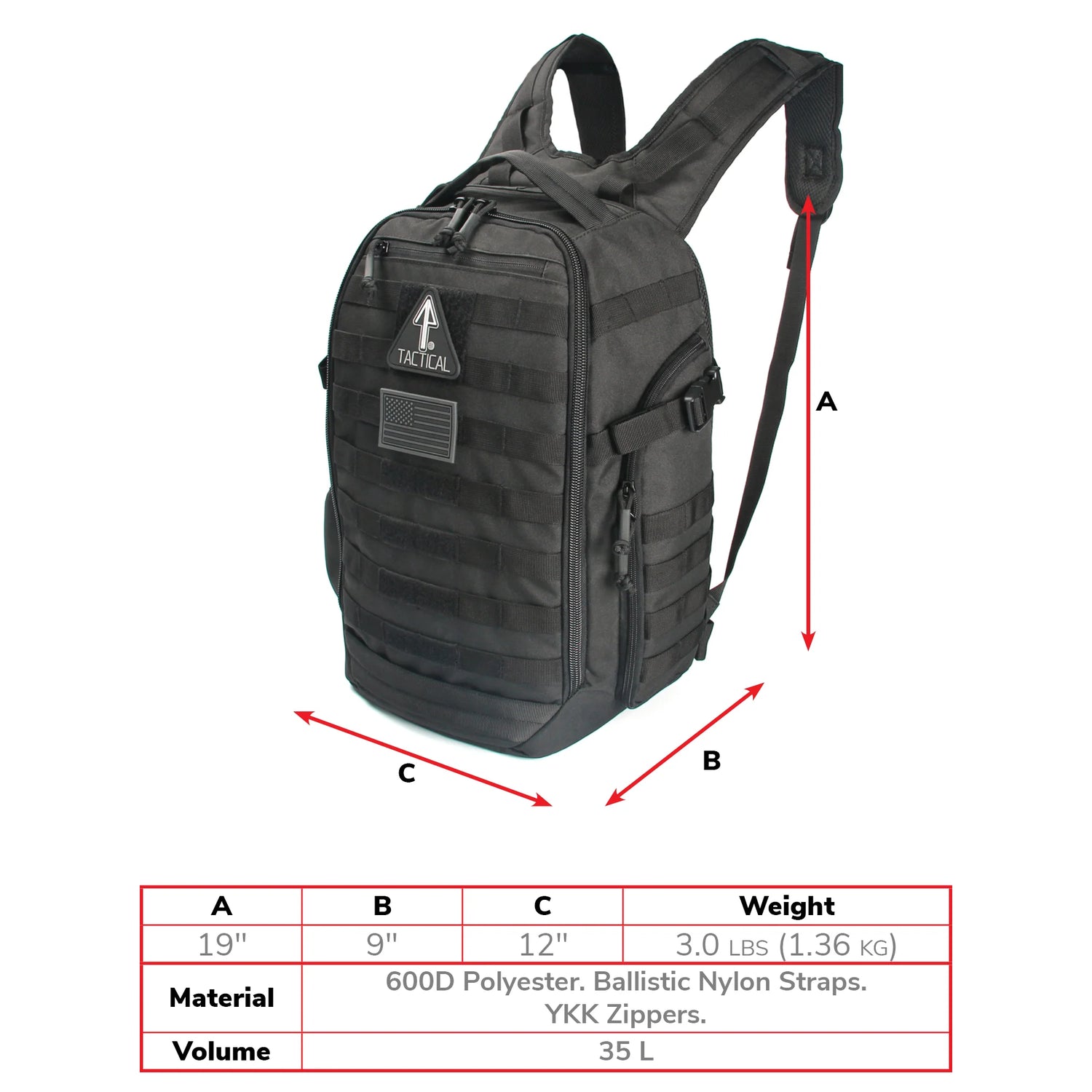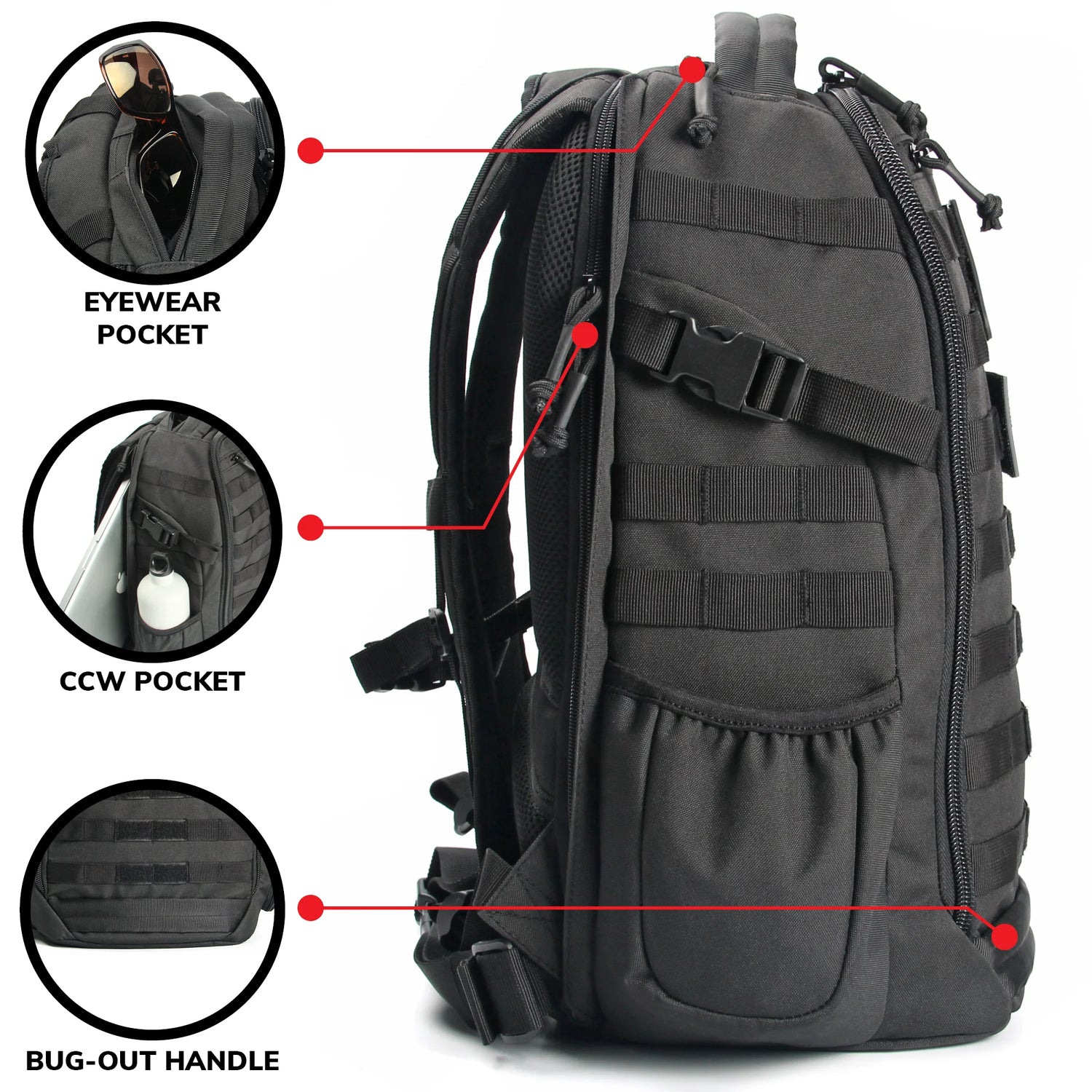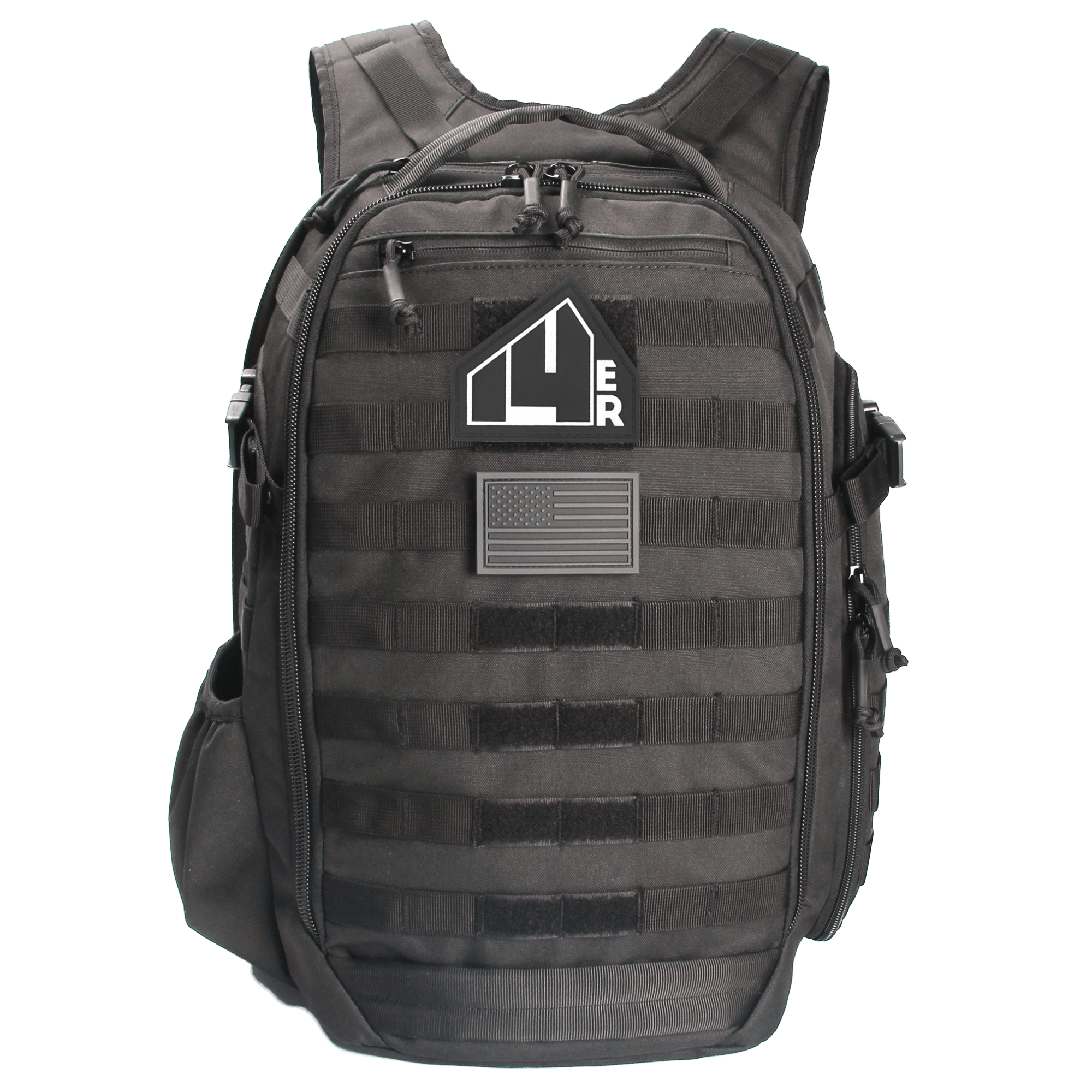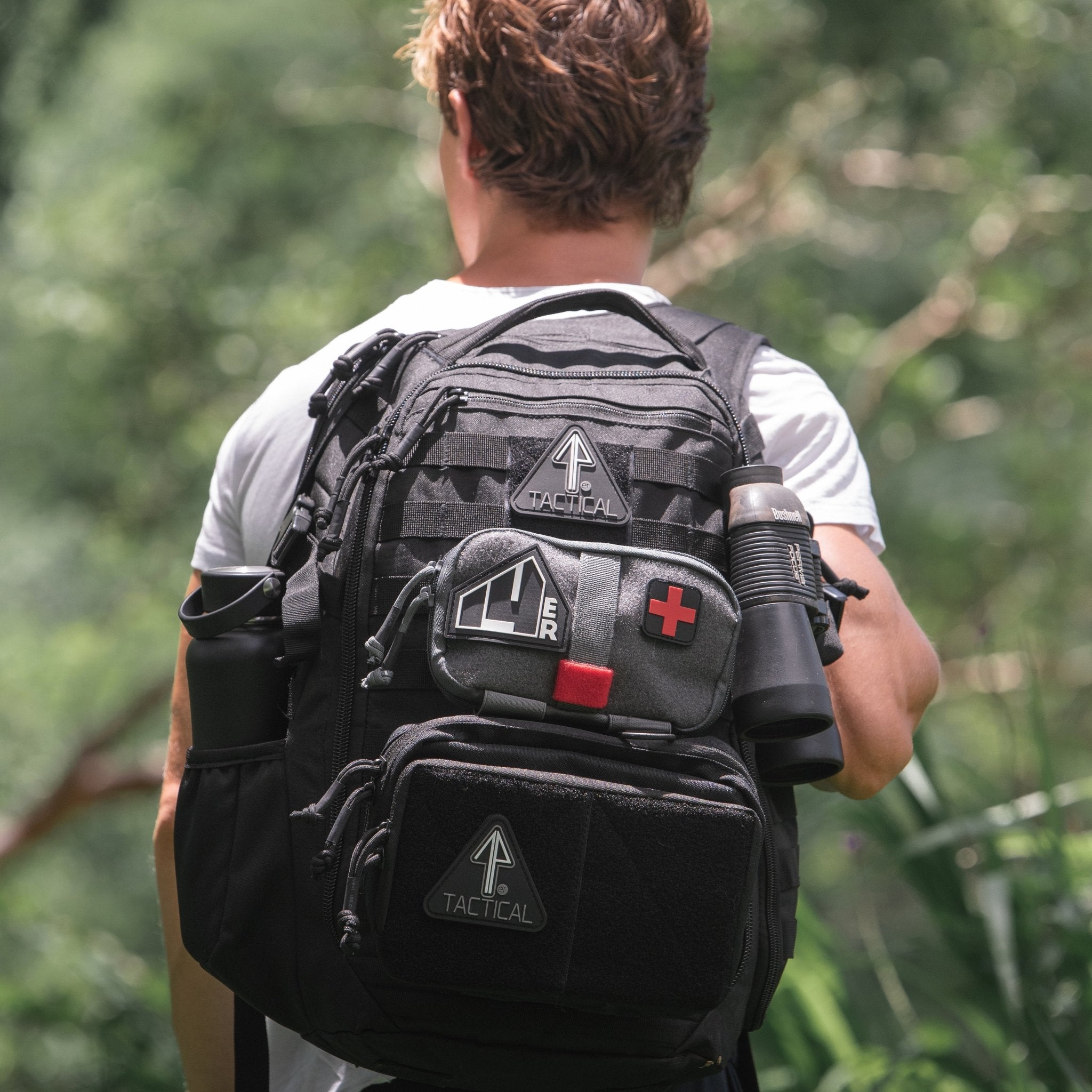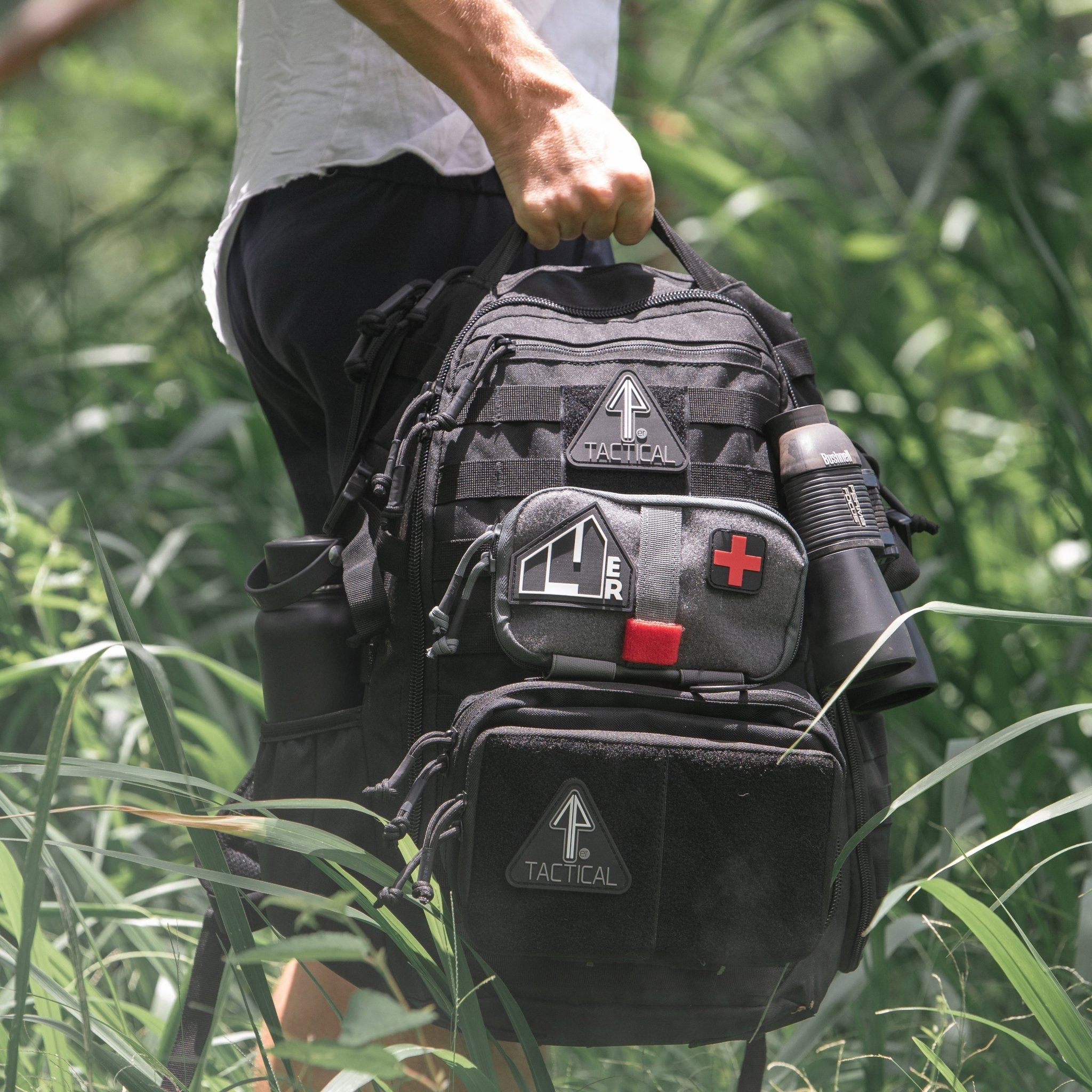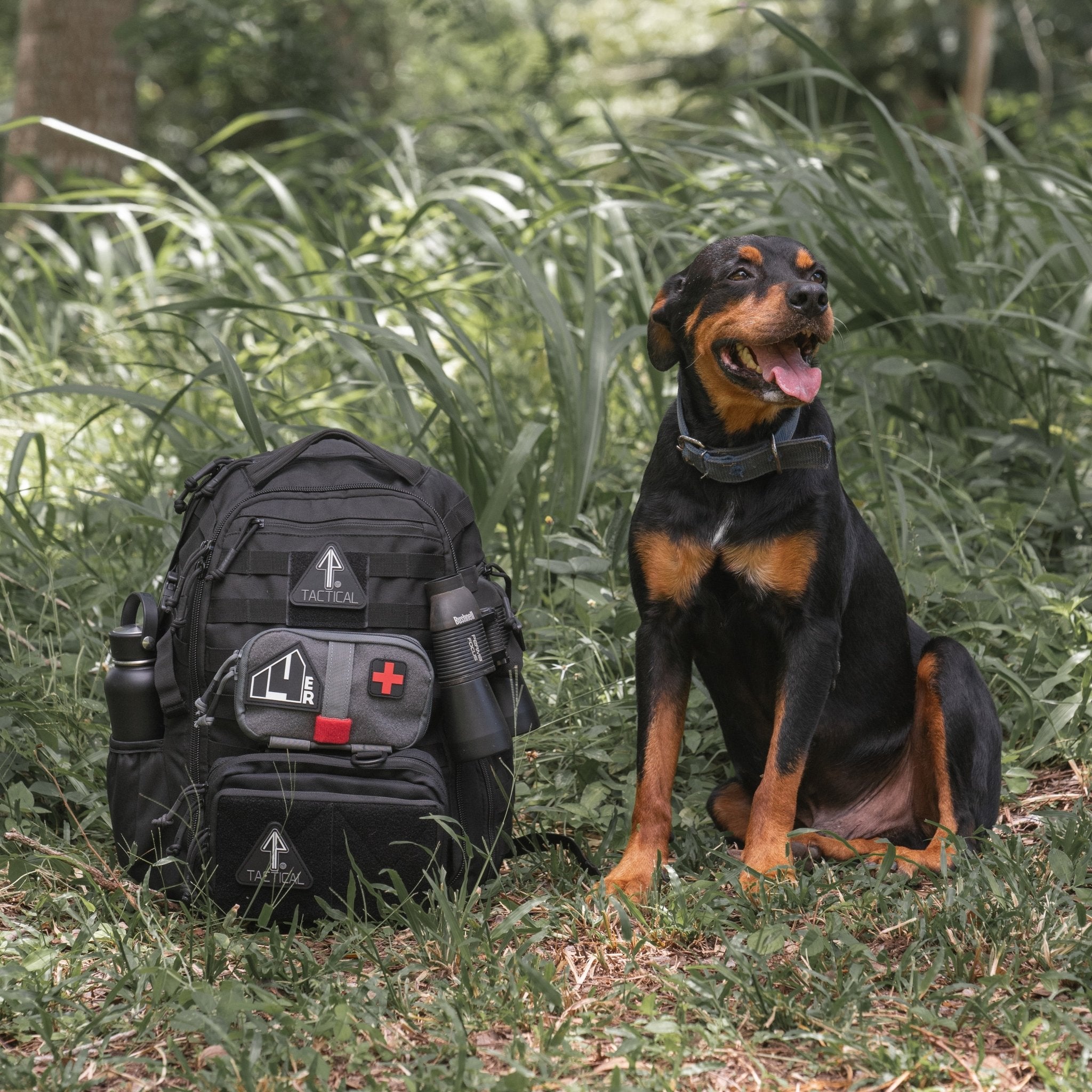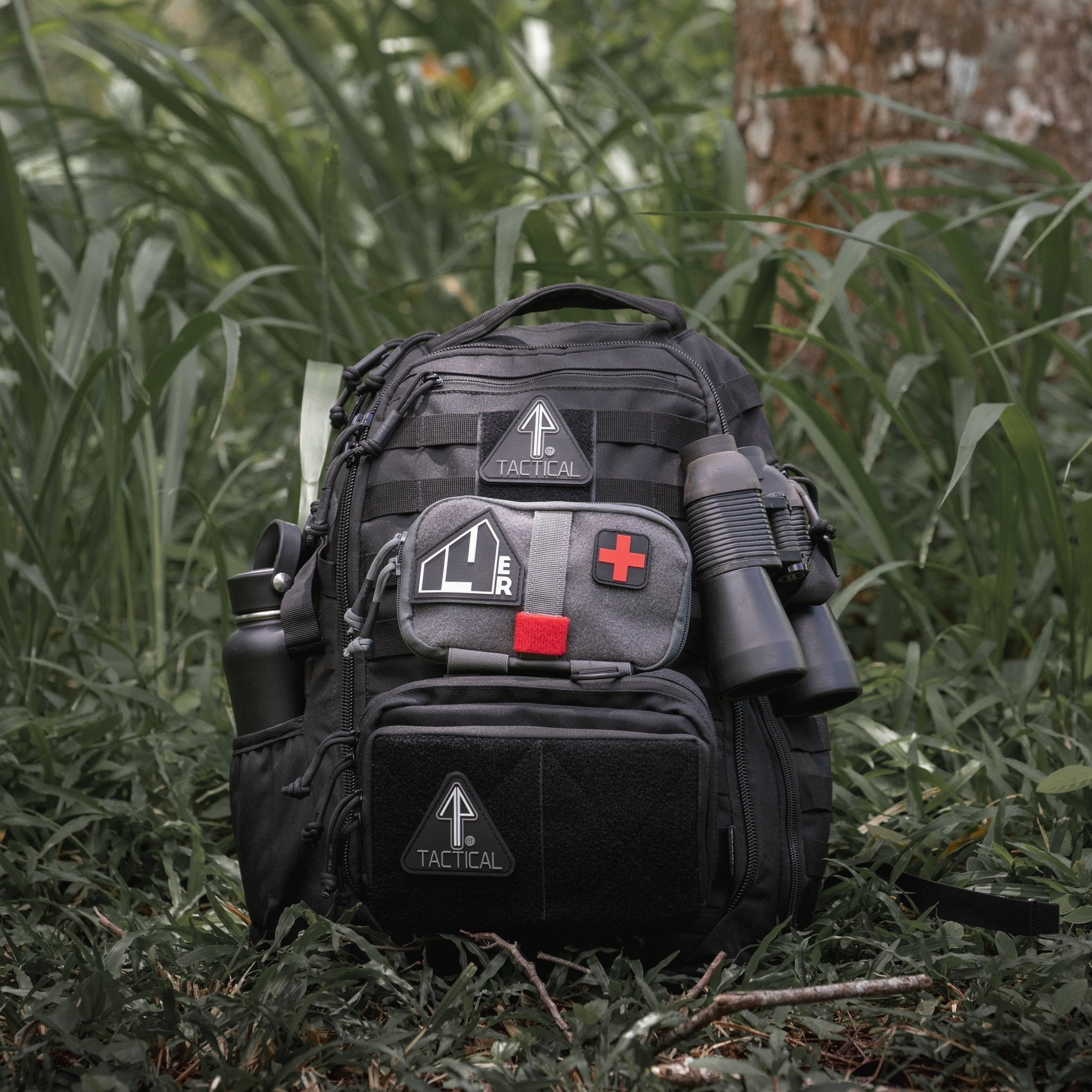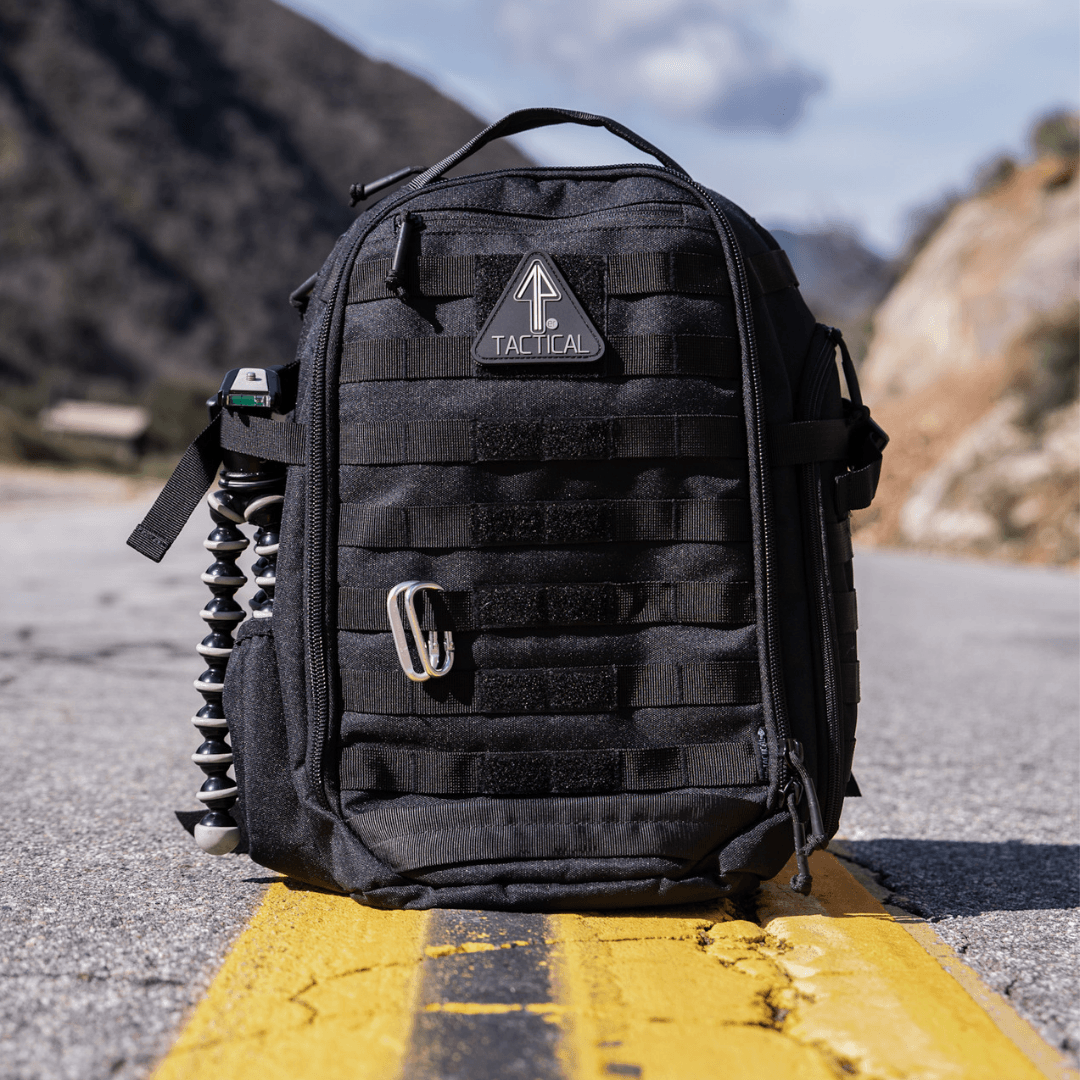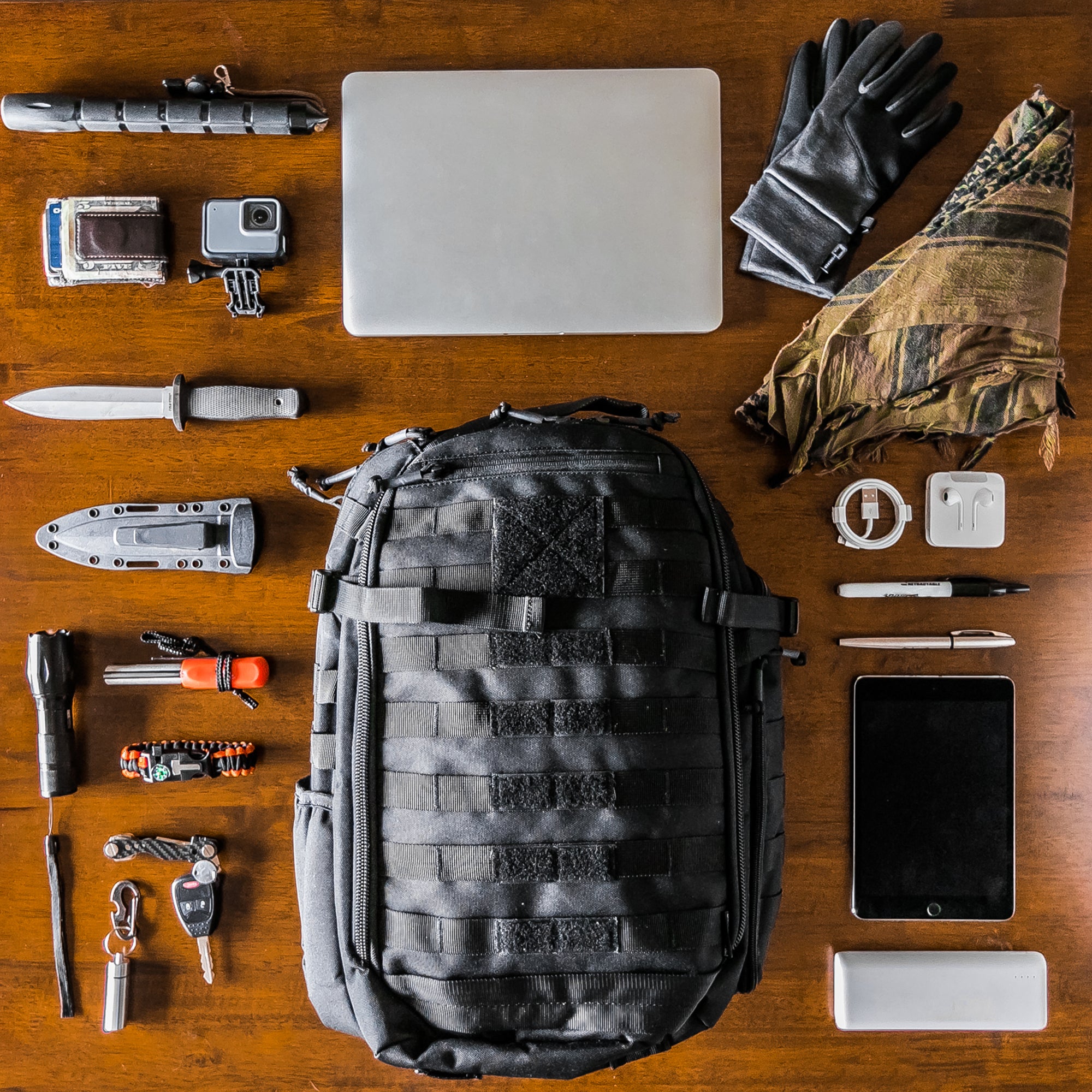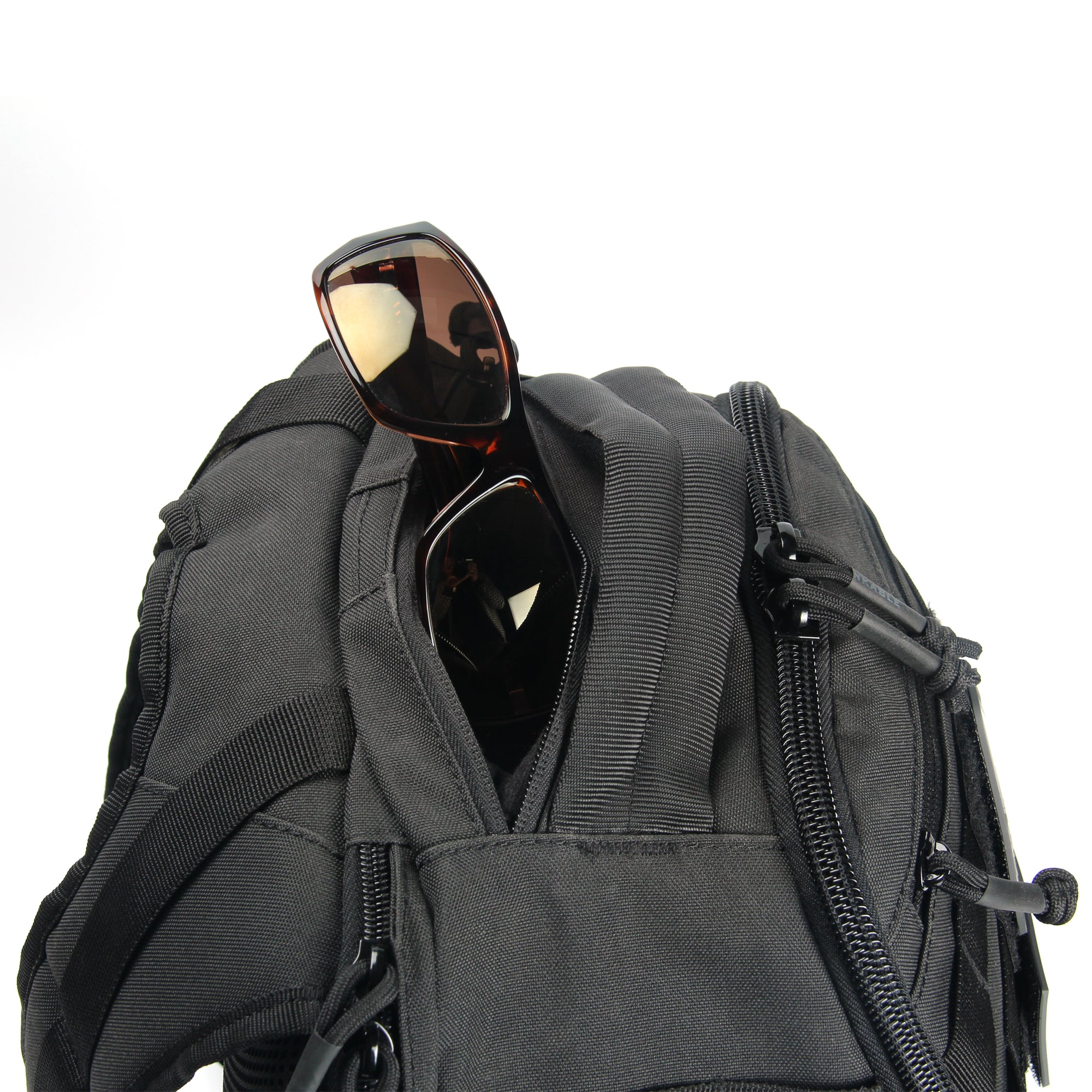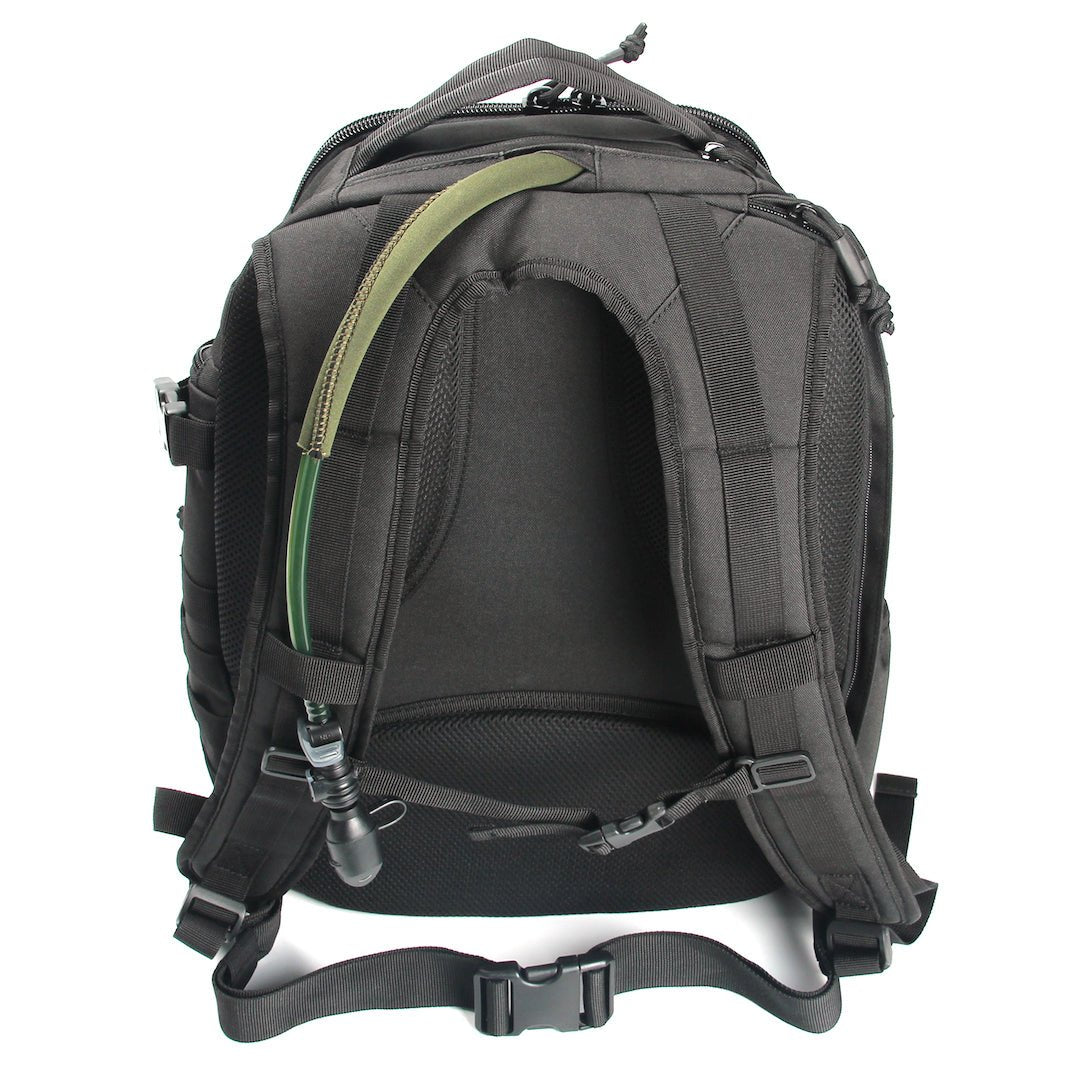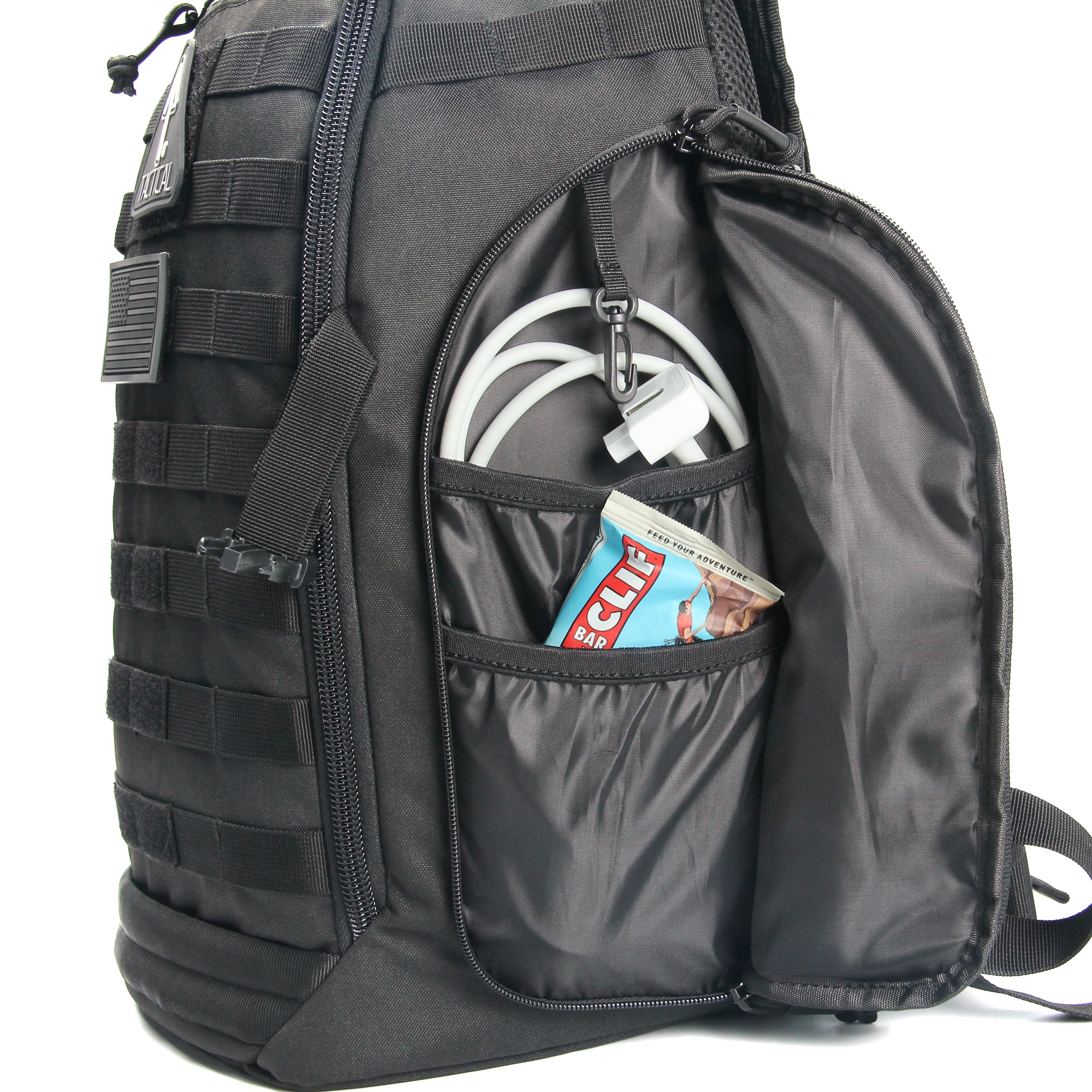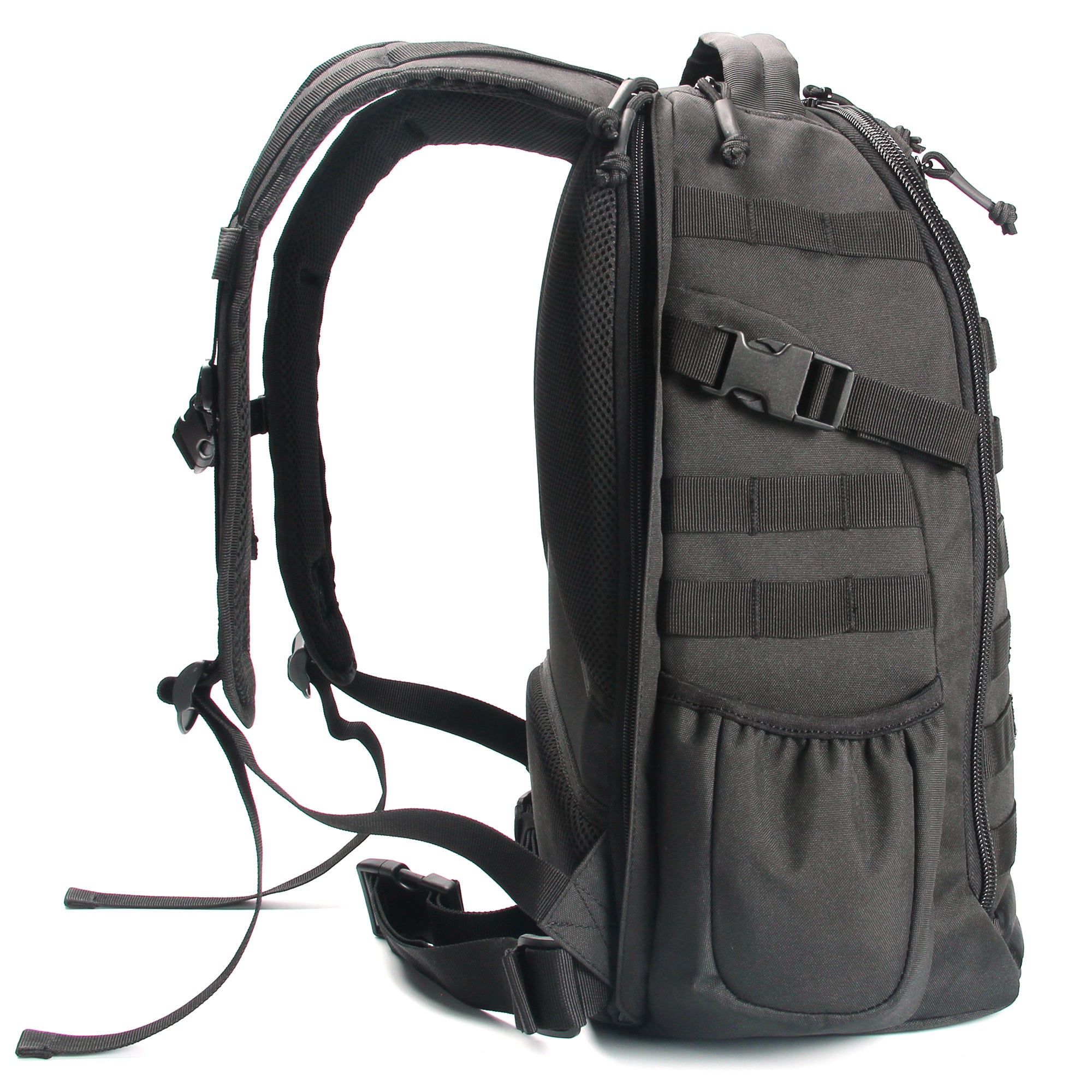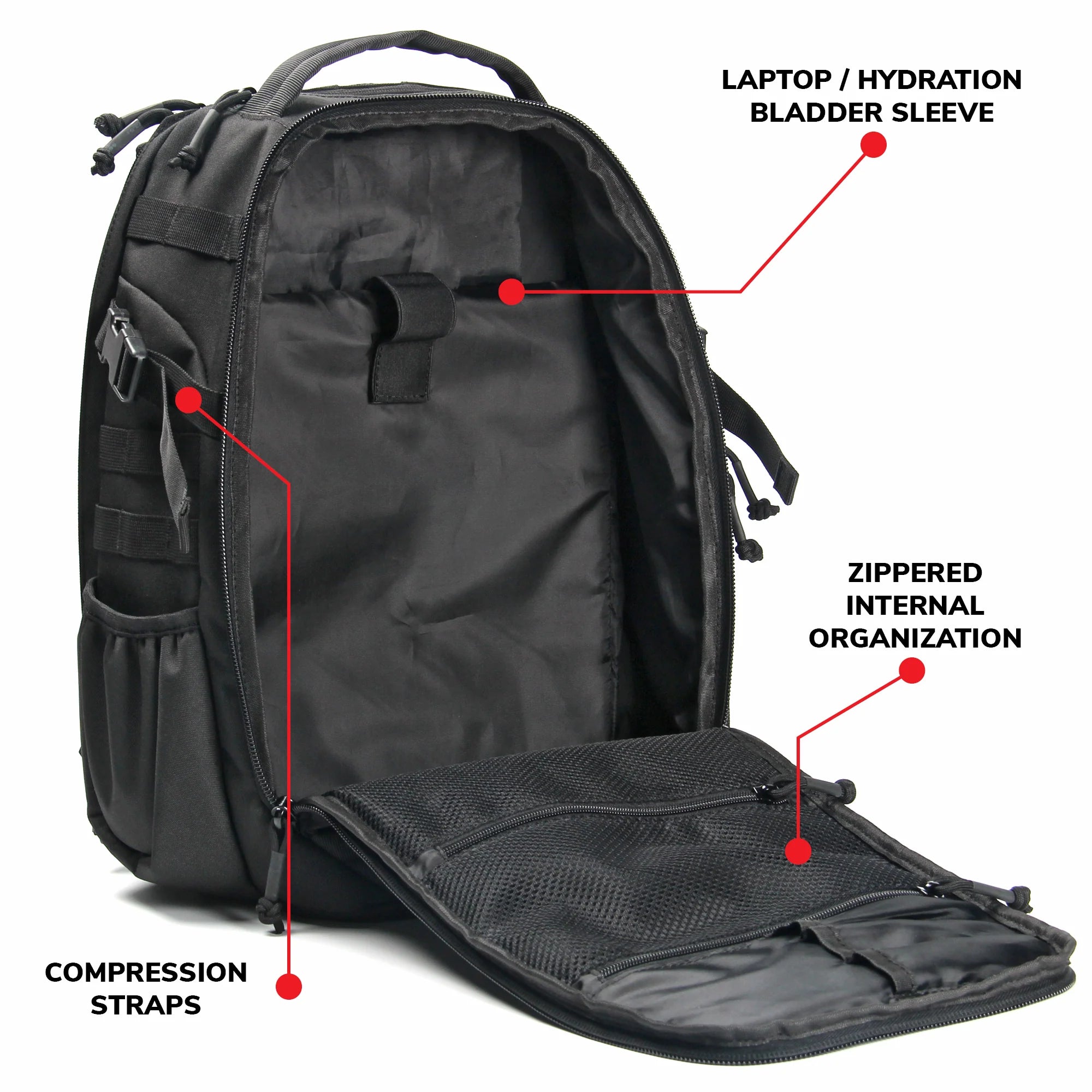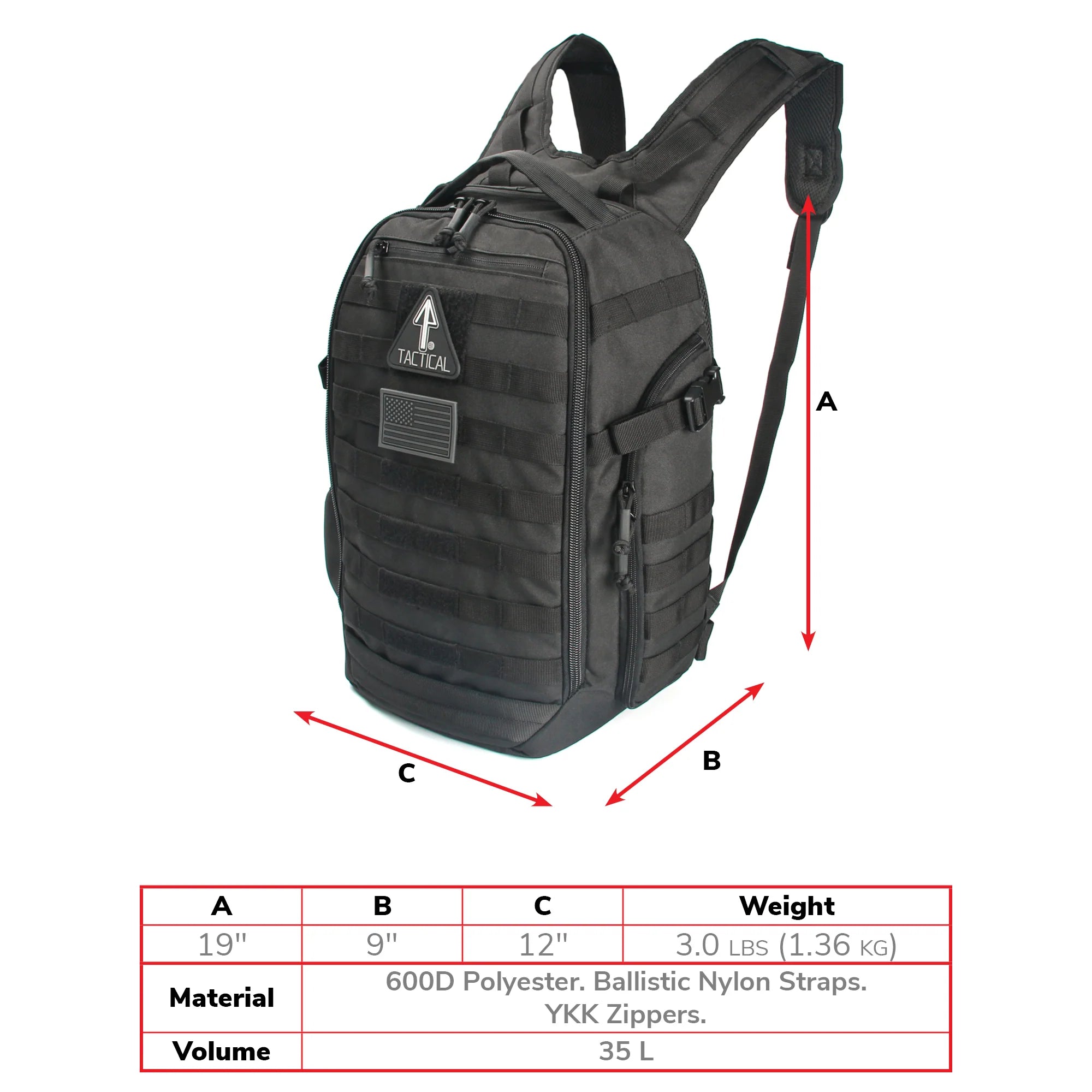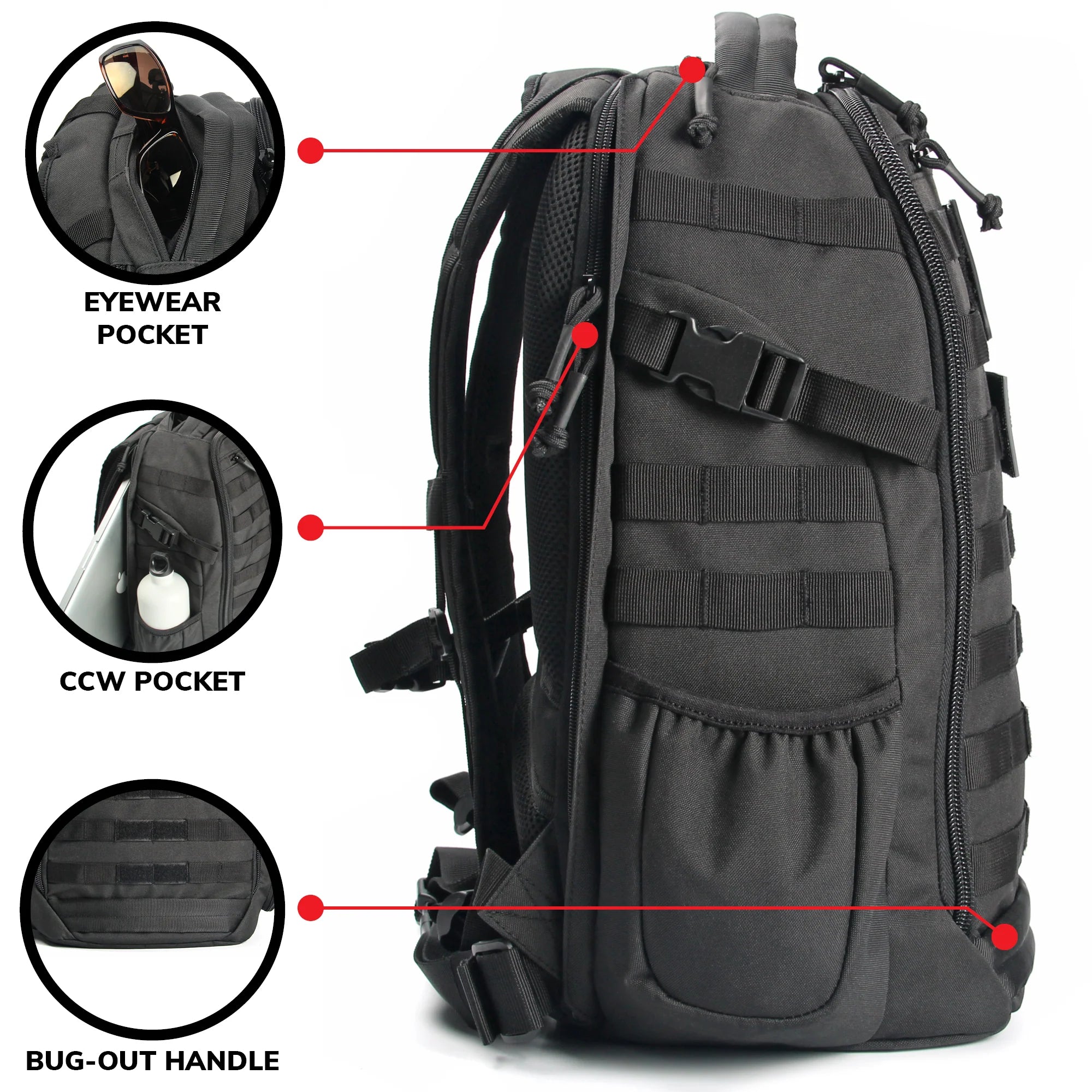Ballistic nylon is a type of material that often finds use in tactical wear and equipment. You probably own multiple products that are made out of ballistic nylon, or incorporate it in some way. But what do you really know about it? Is “ballistic nylon” simply a marketing term, or is it indicative of its true function?
That’s what we’re going to discuss here: the history of ballistic nylon and what it means for the purpose of evaluating strength and durability. Do you want to be buying tactical backpacks, luggage and other products made out of ballistic nylon? Does it matter at all? We’ll give you the rundown!
The Origins of Ballistic Nylon
Let’s start off by talking about the material known as nylon. What is nylon, anyway? “Nylon” is a term that refers to certain types of synthetic polymers, which are composed of very large molecules that have chainlike structures.
The first substance to be officially called “nylon” was created in 1935 at a DuPont research center. The developers of nylon found it to be surprisingly durable but also very stretchy—it could be stretched a lot and yet be able to return to its original shape. They also found it fairly tough, being resistant to abrasion and capable of handling wear and tear to an impressive degree.
“Ballistic nylon” is a nylon weave variant with even greater strength and toughness. It was created to handle extreme levels of wear and tear. The material is tightly woven to increase its resistance to abrasion and ballistic impact. It is puncture resistant as well!

Can Ballistic Nylon Stop a Bullet?
DuPont originally developed ballistic nylon in war time, and it was designed for military application. More specifically, ballistic nylon was used in making flak jackets for World War II aviators. The jackets were meant to protect them from flying debris and shrapnel.
DuPont created ballistic nylon by coating the fabric with epoxy resin. That improved the material’s strength and resistance to penetration and abrasion. The resulting ballistic weave was not, however, resistant against impacts from pistol and rifle fire.
That is still true to this day. Ballistic nylon is not a substitute for bulletproof fabrics such as Kevlar. It cannot protect you from high-velocity projectiles like bullets, though it offers robust protection against shrapnel and debris.
You don’t get ballistic nylon products with the expectation of using them to stop bullets. What you get, rather, is a product that is highly tough and durable. It will resist wear and tear, making it a cost-effective purchase. That’s more than enough reason to buy something.
Keep in mind that there is more than one type of ballistic weave. You have medium-denier and heavy duty nylon based on the denier counts of the fabrics. Let’s get into what that term means.
What Is a Denier Count and Why Does It Matter?
Denier is a unit of measurement for the density of fabrics, expressed as the mass in grams per 9,000 meters of yarn. A higher denier count indicates a greater fabric density, which generally means a more heavy duty material.
A look at materials available on the market will bring up several different weights of ballistic weave. On the lighter end is 840 Denier nylon, a fine material with impressive toughness and flexibility. Its denier count is 9 oz. per sq. yd.
1050 Denier (15 oz. per sq. yard) is the heaviest weight of urethane coated ballistic nylon. This material displays superior resistance to abrasion and wear and tear. For military applications, this is your ideal material for shrapnel protection, and it has many civilian applications as well. You may not be going to war, but if you’re gonna do any traveling, you’ll want some tough luggage. Look for luggage that uses the most heavy duty nylon where it counts!
What about 1680 Denier fabric? It sounds like it would be stronger than 1050d, but that’s not the case! You can say that 1680d is a single-ply fabric compared to double-ply 1050d, making it less tough and durable.
Outdoor gear especially benefits from heavy duty ballistic nylon. If you’re going mountain climbing, you might want to use backpacks made using 1050 Denier nylon.

The Modern Uses of Ballistic Nylon
Originally developed for military applications, ballistic nylon has found widespread use in commercial luggage, backpacks, protective gear and outdoor adventuring gear. The material’s exceptional toughness and flexibility make it a great choice for durable tactical equipment.
Due to the urethane coating, the ballistic weave is water resistant. That provides enhanced protection against the elements and adverse weather conditions. Outdoors bags made out of ballistic nylon will hold up better in hiking and trekking. And while shrapnel protection may not be a concern when hiking, your gear will have protection against falling debris, sharp rocks, ripping and tearing, etc.
Ballistic nylon fabric is ideal for equipment used in many professions. Construction workers, mechanics, linemen, foresters, lumberjacks and sanitation workers are just some of the folks who require both durability and flexibility in their bags and clothing.
Tactical gear can definitely benefit from the qualities of ballistic nylon. Durability is an important feature for a tactical backpack that you may have to depend upon in a high-pressure situation.


